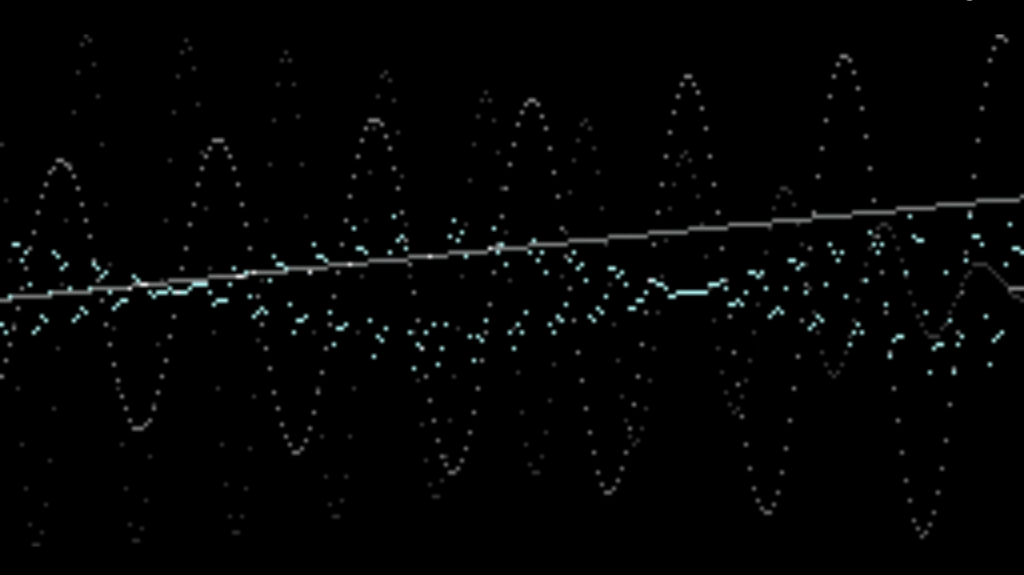-
Expanded Studio Practice Class Review (1)
Decide what I want to do and what I need to do every day and do it. It’s great to immerse myself in one thing and develop it, but when you’re exposed to and study many other arts or skills, it opens up more chances. I can do something with speaker drivers that move when…
-
The topic that I am interested in – Minimalism
The first topic I’m interested in is minimalism. The reason I want to do minimalism is pretty simple: most of my favourite artists (musicians, painters, architects, etc.) are people whose work is based on minimalism. Minimalism uses the concept of simplicity to drive more effective change and structure in art, which is why I love…
-
Plans for making an audio paper
Pre-production weeks WEEK 1-2: Find a topics that interest me and do simple researches on it WEEK 3 : Decide on the topic which I want to do among the topics I researched and do in-depth research on the topic WEEK 4 : Make a concept and production plan by summarising what I want to…
-
Creative Sound Project Working Process(2)
Now I have processed and prepared the recorded sounds, it’s time to create a song. Although I usually work in the Arrangement View in Ableton Live, this time I decided to work in the Session View to try out MIDI Control, which we learned about in class. Initially, I wanted to use all the recorded…
-
Creative Sound Project Working Process(1)
In this post, I will describe the process I followed for a CSP assignment. I recorded various sounds from eight different materials and needed to do some post-processing to use the recorded sounds in a better way. The first step was to trim the parts of the sound I wanted to use. Each sound was…
-
Creative Sound Project Recording (8)
The last material we recorded is wood. Similar to thread, wood is a material used in many musical instruments around the world. Wood is rarely used as a sound-producing instrument on its own, but because of its moderate resonance and the fact that it is easier to work than stone or iron, it is often…
-
Creative Sound Project Recording (7)
The material of this recording is thread. While the existence of strings in all musical instruments around the world cannot be denied, there is a significant difference between Eastern and Western string instruments, which is the material of the strings. In the West, strings are often made of metal, whereas in the East, most strings…
-
Creative Sound Project Recording (6)
The material for this recording is stone. There are only two instruments in Korean traditional music that use stones: the Pyeongyeong and the Teuggyeong. The Pyeongyeong is made by carving stones into the shape of the letter ‘ㄱ’ in Korean, and the thickness of the stones is adjusted to match the pitch. The Teuggyeong is…
-
Creative Sound Project Recording (5)
The material of this recording is soil. Rather than being used to create sound in itself, soil is made into mud and then fired into pottery shapes: Examples of instruments used are the Bu, a percussion instrument, and the Hun, a wind instrument. I decided to make sounds with the clay itself, and went out…
-
Creative Sound Project Recording(4)
The material we will be recording is leather. Leather was used as a part of traditional Korean percussion instruments, usually thinly pinned leather bonded to hollowed-out wood to create a soft resonance: Janggu or Buk, for example. My initial plan was to use the elasticity of the leather to record the sound of striking the…
